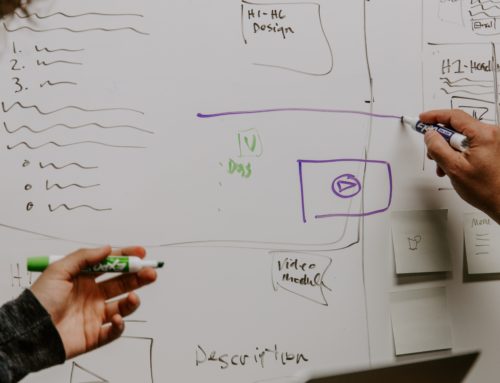3 Essential Tactics to Successfully Adjust to New Work Cultures
As a project leader and change management professional, I’m used to stepping into different work environments. I go in and out of cultures all the time and appreciate how each organization has its unique style and approach to business — even sometimes its own “language.” This brings me back to when my family and I traveled to South America last summer. We stepped into the lively, culture of Rio de Janeiro where life feels raw and genuine. We explored Peru with its mystical allure, so simple and grounded. We were visitors, yet we found a sense of belonging.
The 3 fondest memories from our trip happen to be 3 essential tactics to successfully adjust to new work cultures — mindfulness, authenticity and connection.
Mindfulness
Adjusting and fitting in to a new culture — whether a country or a business — requires an open mind. It’s really about letting yourself “be” there. Pause and observe. Watch how others interact with one another. Watch their behaviors and listen to how they communicate, even when you can’t understand the words. When you’re open, when you take in the new environment, you will find how you fit in.
Authenticity
Making your way in a new culture is a precious skill to have. I saw most people looked for ways to communicate — regardless of which country we visited or the language spoken. There was a willingness and genuine desire to find common ground. It’s no different in a work culture. To successfully belong, you need to be adaptable to accomplish goals.
Connection
To feel at home in the small Andean city of Urubamba, I looked for how I and my family were similar to the Peruvians. My daughters’ blonde hair and blue eyes stood out, but their enthusiasm for a game of hide-n-seek broke any potential barrier. It’s the same in a corporate environment. When I come into a meeting that begins with small talk first, I adapt my agenda. This is their world and to fit in, I adjust my style to match their approach. To successfully move forward, we need to be flexible and find common ties.
At the end of the day, when we are open-minded and genuinely look for similarities instead of differences, we create a sense of inclusiveness and acceptance. This inclusive approach creates unity, generates growth, and makes leading strategic projects easier — plus, it just feels better!
Download or View this Article as a PDF







